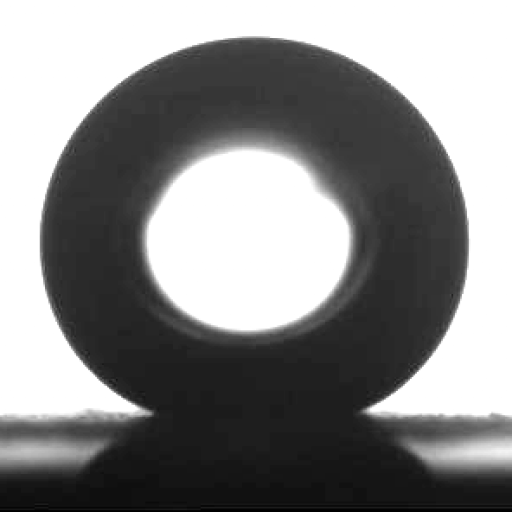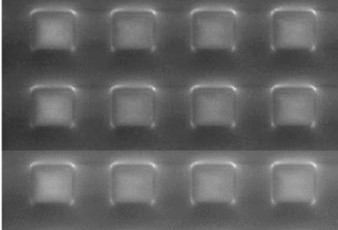
Water-shedding Surfaces
Water-shedding surfaces are not superhydrophobic (water droplets do not “ball up” on them). Instead, a liquid (typically oil) fills gaps in a substrate to create a hemi-liquid/hemi-solid liquid-infused or lubricant-impregnated surface (LIS) from which water is readily shed when the surface is tilted. The most slippery surface is when the liquid forms a continuous coating across the whole surface, creating a slippery liquid-infused porous surface (SLIPS) that is very slippery to other immiscible liquids. SLIPS surfaces are inherently self-healing because if damaged, the lubricating fluid will spontaneously fill any damaged voids.
SLIPS surfaces use the same wettability mechanisms employed by Nepenthes pitcher plants. However, whereas the pitcher plants have surfaces that are lubricated by water and repel oil, SLIPS surfaces can be lubricated by oil and repel water.
Superhydrophobic
Nanoparticles
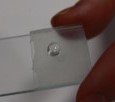
SLIPS can be created by infusing hydrophobic nanoparticles or porous substrates with a lubricating liquid.
Superhydrophobic
Microtextures
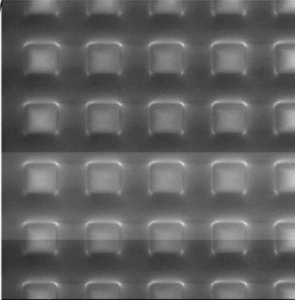
SLIPS can also be created by infusing regular micropatterns that have been made hydrophobic.
Shaped-Lubricant
Surfaces
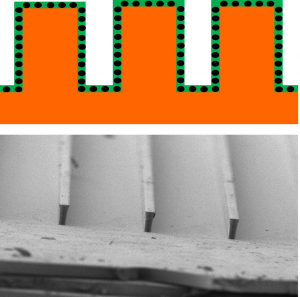
Lubricant can be infused into a hydrophobic nanoparticle coating, such that the lubricant follows the shape of a micropattern.
Water-repellent
Soils
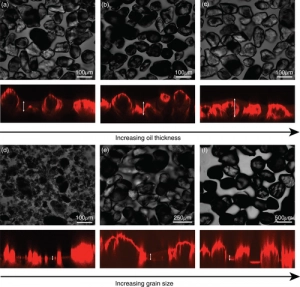
Infusing lubricant into hydrophobic granular materials / water-repellent sand creates a model SLIPS soil.
